Home>Gardening & Outdoor>Landscaping Ideas>How High Can Grass Grow
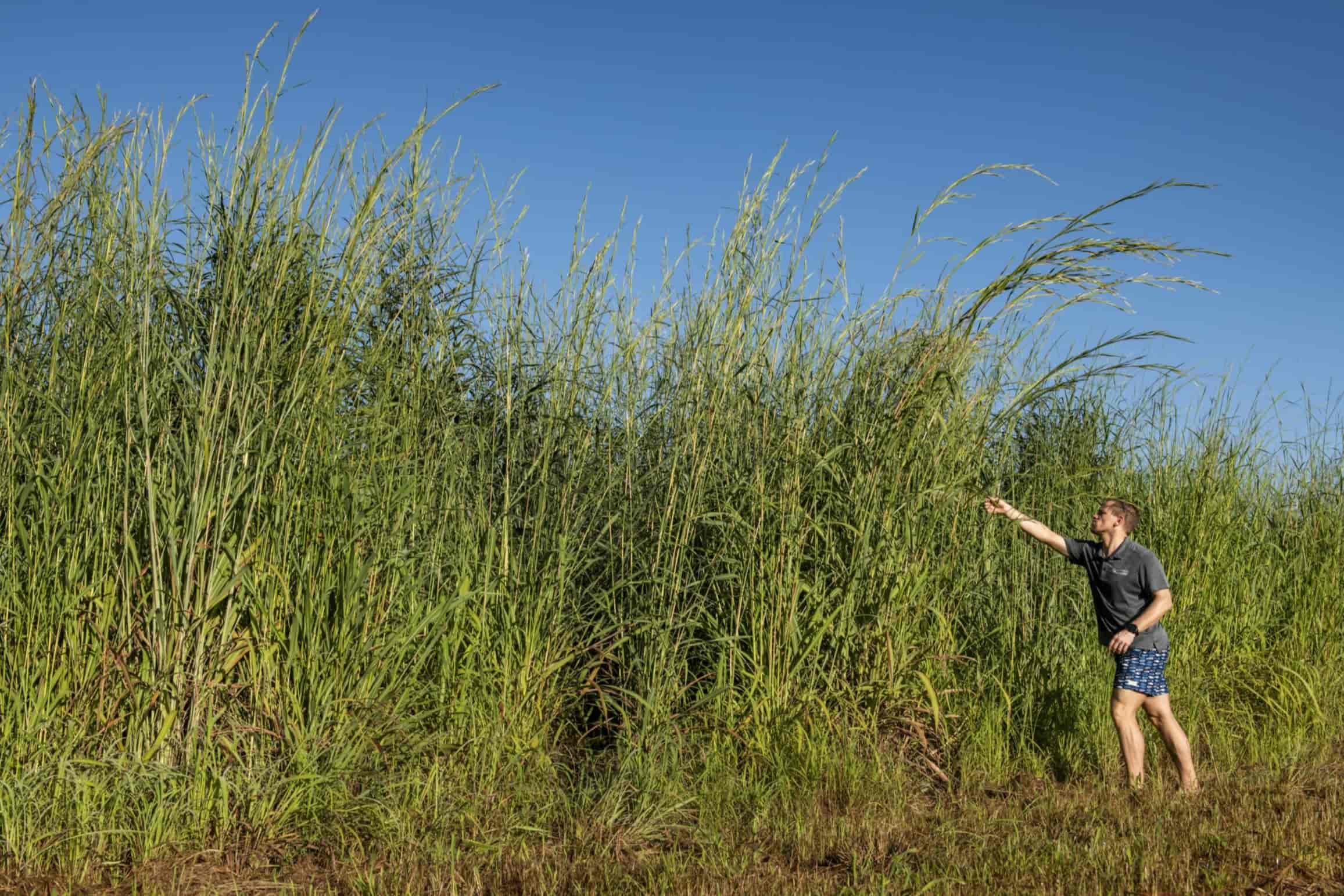

Landscaping Ideas
How High Can Grass Grow
Modified: August 16, 2024
Discover landscaping ideas and tips for maintaining healthy, vibrant grass in your yard. Learn how to achieve lush, green lawns with our expert guidance.
(Many of the links in this article redirect to a specific reviewed product. Your purchase of these products through affiliate links helps to generate commission for Storables.com, at no extra cost. Learn more)
**
Introduction
**
Grass is a ubiquitous feature of landscapes, ranging from manicured lawns to expansive meadows. Its growth, often overlooked, is a fascinating process influenced by a myriad of factors. Understanding the potential height of grass and the conditions that impact its growth can provide valuable insights for landscaping enthusiasts and environmental enthusiasts alike. In this article, we will explore the intricacies of grass growth, shedding light on the maximum height of various grass species and the environmental factors that shape their development. Whether you are a homeowner striving for a lush lawn or a nature enthusiast intrigued by the wonders of plant life, delving into the world of grass growth promises to be an enlightening journey. So, let's embark on this exploration to unravel the mysteries of how high grass can truly grow.
Key Takeaways:
- Grass can grow to impressive heights, from 2 to 10 feet, depending on the species. Factors like soil quality, water, sunlight, and climate play crucial roles in its growth.
- Understanding and managing environmental factors like climate, sunlight, soil quality, water, altitude, and air quality are essential for creating optimal conditions for healthy and vibrant grass growth.
Read more: What Temperature Can Grass Seed Grow
Factors Affecting Grass Growth
Several key factors play pivotal roles in influencing the growth and development of grass. Understanding these factors is essential for nurturing healthy and vibrant lawns or meadows. Let’s delve into the primary elements that impact the growth of grass:
- Soil Quality: The quality of the soil is a fundamental determinant of grass growth. Factors such as nutrient content, pH levels, and soil structure significantly influence the ability of grass to thrive. Well-draining soil with adequate organic matter fosters robust root development and overall plant health.
- Water Availability: Adequate water supply is crucial for the growth of grass. Insufficient moisture can impede growth, while overwatering may lead to shallow root systems. Striking a balance and ensuring consistent, deep watering is essential for promoting healthy grass growth.
- Sunlight Exposure: Sunlight is a primary source of energy for photosynthesis, the process through which plants produce food. Different grass species have varying sunlight requirements, and understanding these preferences is vital for optimizing growth. Some grasses thrive in full sun, while others prefer partial shade.
- Temperature and Climate: Grass growth is heavily influenced by temperature and climate conditions. Certain grass species are adapted to specific temperature ranges and climate types. Understanding the climate in your region and selecting grass varieties suited to these conditions is crucial for successful growth.
- Nutrient Availability: Grass requires an array of nutrients, including nitrogen, phosphorus, and potassium, for healthy growth. Fertilization practices tailored to the specific needs of the grass species can significantly impact its development.
- Pest and Disease Management: Pests and diseases can hinder grass growth and vitality. Implementing effective pest control measures and disease management strategies is essential for maintaining lush, thriving grass.
By considering and managing these factors, individuals can create optimal conditions for grass growth, leading to vibrant and resilient landscapes.
Maximum Height of Grass Species
Grasses exhibit remarkable diversity in terms of their maximum attainable height. While many people are familiar with the short, uniform blades of common lawn grasses, numerous species are capable of reaching impressive heights. Let’s explore some notable grass species and their maximum potential heights:
- Pampas Grass (Cortaderia selloana): This striking ornamental grass is renowned for its tall, feathery plumes, which can reach heights of up to 10 feet (3 meters). Its majestic appearance and impressive stature make it a popular choice for landscaping projects seeking dramatic visual impact.
- Giant Feather Grass (Stipa gigantea): With its elegant, arching stems and feathery seed heads, this grass species can tower at heights of around 6 to 7 feet (1.8 to 2.1 meters). Its graceful form and substantial height make it a captivating addition to garden landscapes.
- Switchgrass (Panicum virgatum): As a native North American grass, switchgrass exhibits remarkable adaptability and can reach heights ranging from 3 to 6 feet (0.9 to 1.8 meters). Its versatility and resilience have made it a popular choice for conservation plantings and ornamental grass gardens.
- Prairie Dropseed (Sporobolus heterolepis): This native prairie grass boasts delicate, arching foliage and can reach heights of 2 to 3 feet (0.6 to 0.9 meters). Its fine texture and graceful form contribute to its appeal as a landscape ornamental.
- Big Bluestem (Andropogon gerardii): A prominent component of North American prairies, big bluestem can soar to heights of 5 to 8 feet (1.5 to 2.4 meters). Its robust stature and attractive seed heads make it a valuable addition to naturalistic plantings and restoration projects.
These examples illustrate the diverse range of heights that grass species can achieve, showcasing the potential for incorporating tall, visually striking grasses into landscaping designs. By carefully selecting and cultivating grass species based on their maximum heights, individuals can create captivating and dynamic outdoor spaces.
Grass can grow up to 2-6 feet tall, depending on the type of grass and growing conditions. Regular mowing can help control the height and promote healthy growth.
Environmental Conditions and Grass Growth
The growth and vitality of grass are intricately linked to environmental conditions, with various factors exerting profound influences on its development. Understanding the interplay between grass and its environment is crucial for fostering optimal growth. Let’s explore the environmental conditions that significantly impact grass growth:
- Climate and Temperature: Grass species exhibit distinct temperature preferences, with some thriving in cooler climates while others are well-suited to warmer regions. Understanding the climate of a particular area and selecting grass varieties adapted to those conditions is essential for promoting successful growth.
- Sunlight Exposure: Adequate sunlight is critical for photosynthesis, the process through which plants produce energy. Different grass species have varying sunlight requirements, and selecting appropriate varieties based on the available sunlight in a given area is essential for robust growth.
- Soil Quality: The composition and quality of the soil profoundly impact grass growth. Factors such as nutrient content, pH levels, and soil structure play crucial roles in determining the health and vigor of grass. Conducting soil tests and implementing appropriate amendments can significantly enhance grass growth.
- Water Availability: Adequate water supply is essential for sustaining healthy grass growth. Factors such as rainfall patterns, irrigation practices, and soil moisture retention directly influence the ability of grass to thrive in a given environment.
- Altitude and Elevation: Grasses exhibit varying tolerances to altitude and elevation. Some species are well-adapted to high-altitude environments, while others thrive in lowland areas. Understanding the altitude preferences of different grass species is essential for selecting suitable varieties for specific landscapes.
- Air Quality: Air pollution and environmental contaminants can impact the health and growth of grass. Selecting resilient grass species capable of withstanding poor air quality can help mitigate the detrimental effects of pollution on landscapes.
By carefully considering and addressing these environmental factors, individuals can create conducive conditions for robust grass growth, leading to vibrant and resilient landscapes that thrive in harmony with their surroundings.
Conclusion
Exploring the growth potential of grass species and the environmental factors that shape their development unveils a captivating tapestry of natural intricacies. From the towering plumes of pampas grass to the delicate elegance of prairie dropseed, the diversity of grasses offers a wealth of opportunities for creating dynamic and visually captivating landscapes.
By understanding the multifaceted influences of soil quality, water availability, sunlight exposure, and climate conditions, individuals can cultivate optimal environments for nurturing healthy and resilient grass growth. Whether striving to establish lush lawns, design ornamental gardens, or contribute to conservation efforts, the knowledge of grass growth dynamics empowers enthusiasts to make informed and effective decisions in their landscaping endeavors.
As we continue to appreciate the vital roles that grasses play in ecosystems and human environments, the significance of fostering sustainable and thriving grass growth becomes increasingly apparent. By embracing the art and science of cultivating grasses, we can contribute to the beauty and ecological integrity of our surroundings, creating landscapes that inspire and endure.
So, as we marvel at the heights to which grass can ascend and the myriad influences that shape its growth, let’s embark on our own journeys of cultivation and stewardship, sowing the seeds for landscapes that flourish and inspire generations to come.
Frequently Asked Questions about How High Can Grass Grow
Was this page helpful?
At Storables.com, we guarantee accurate and reliable information. Our content, validated by Expert Board Contributors, is crafted following stringent Editorial Policies. We're committed to providing you with well-researched, expert-backed insights for all your informational needs.

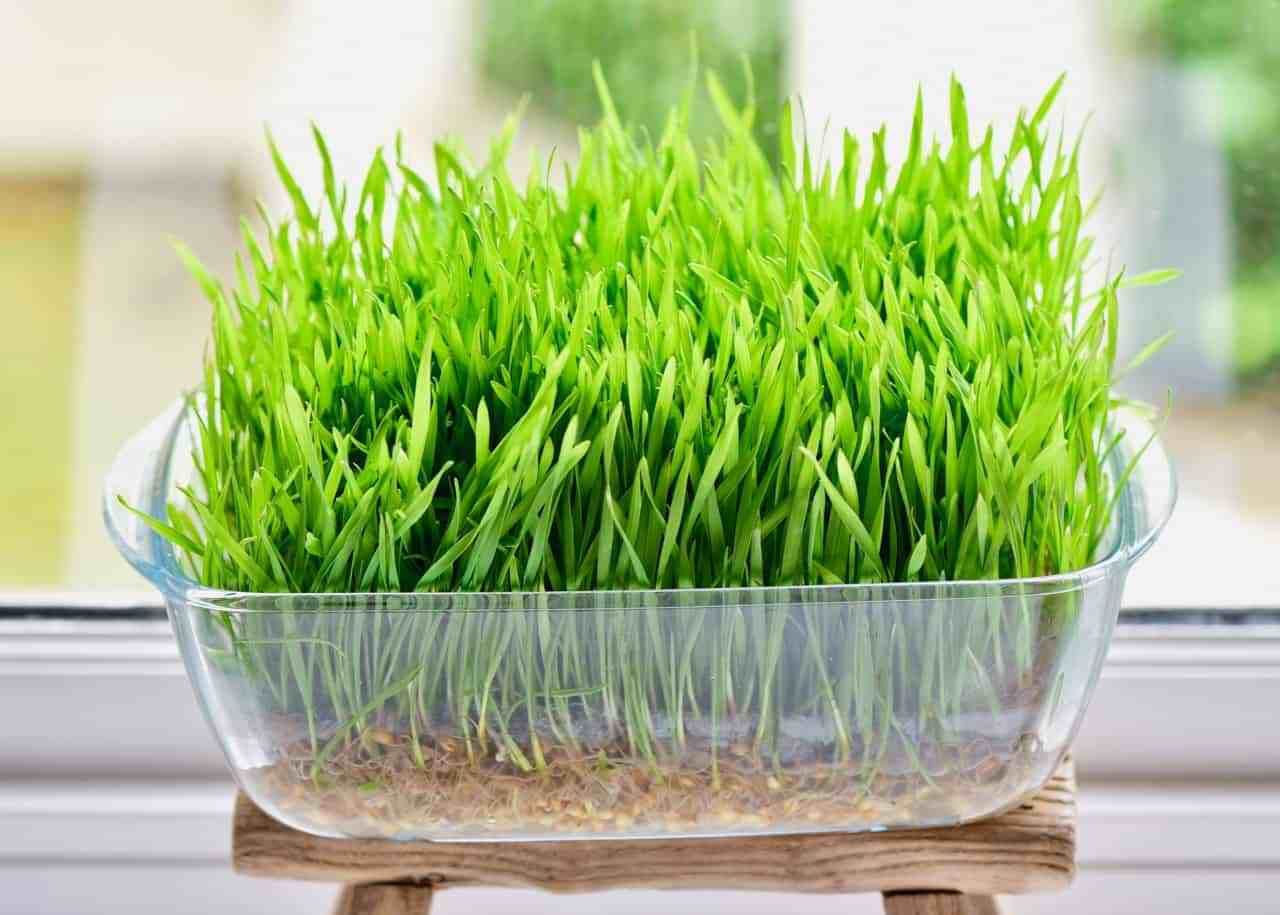
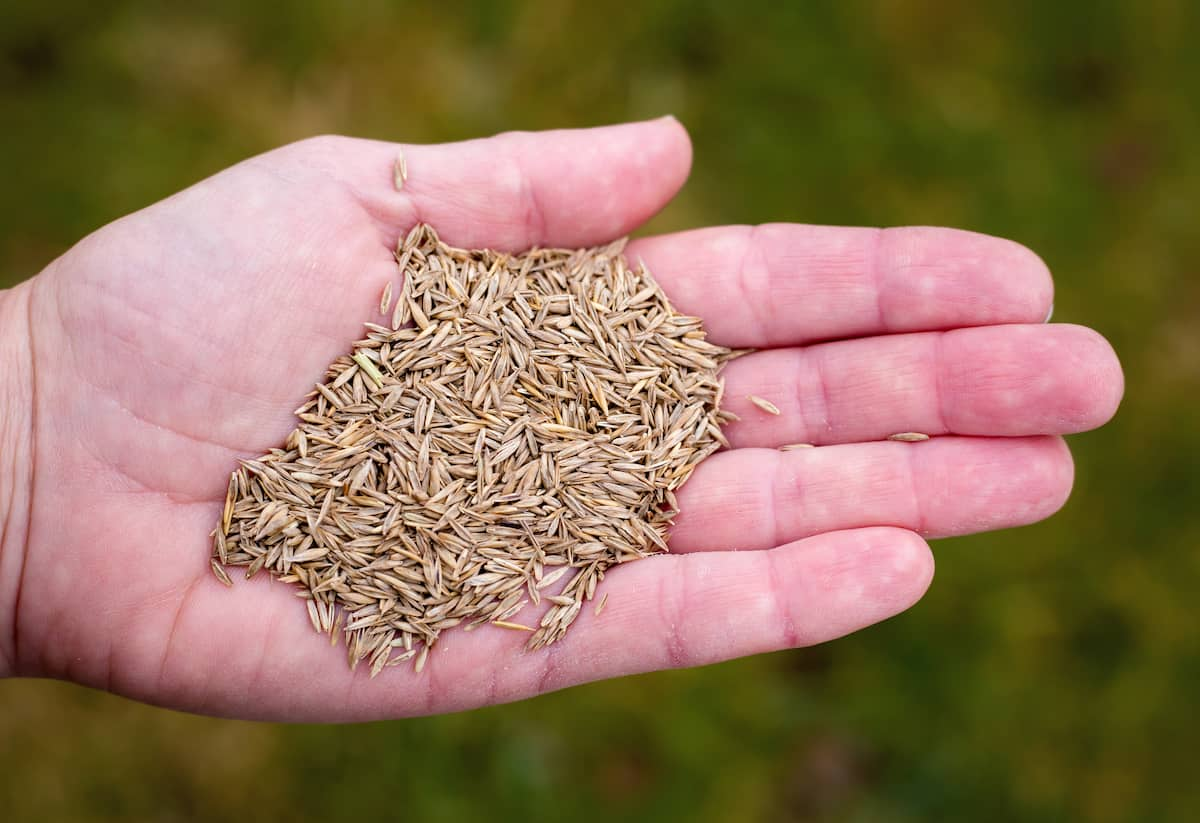
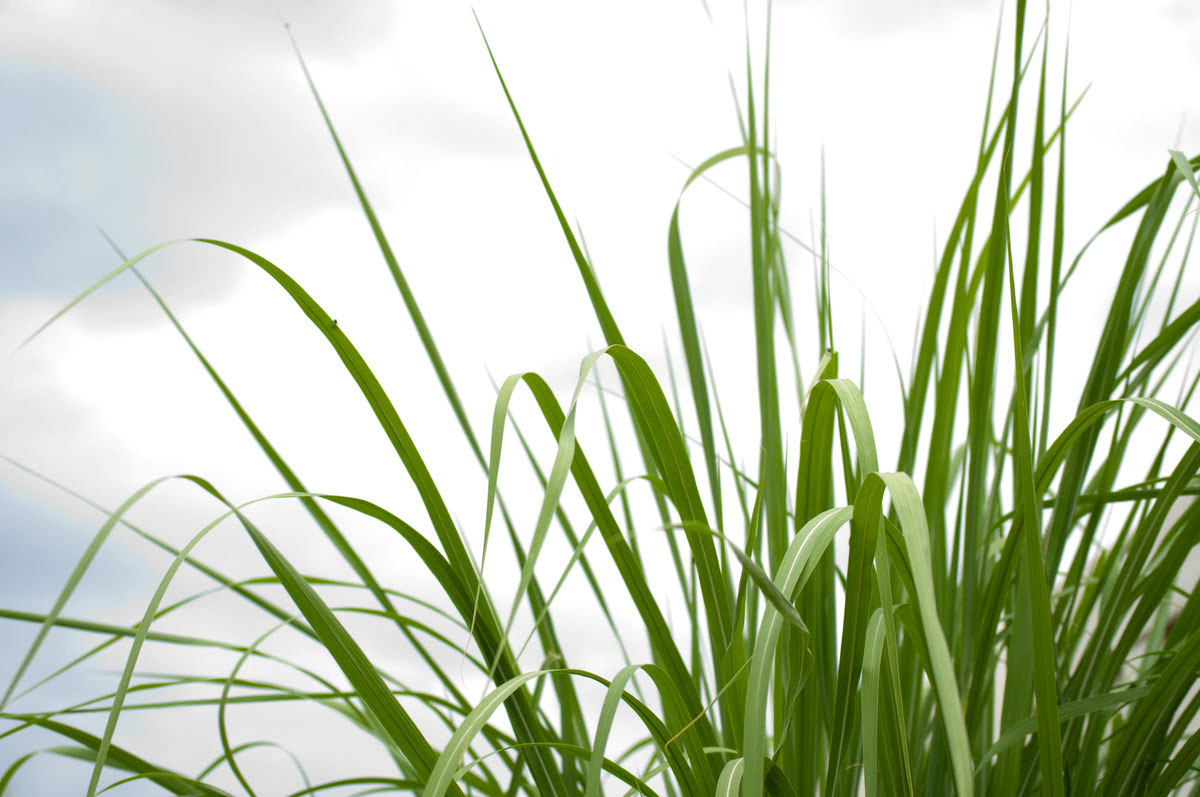

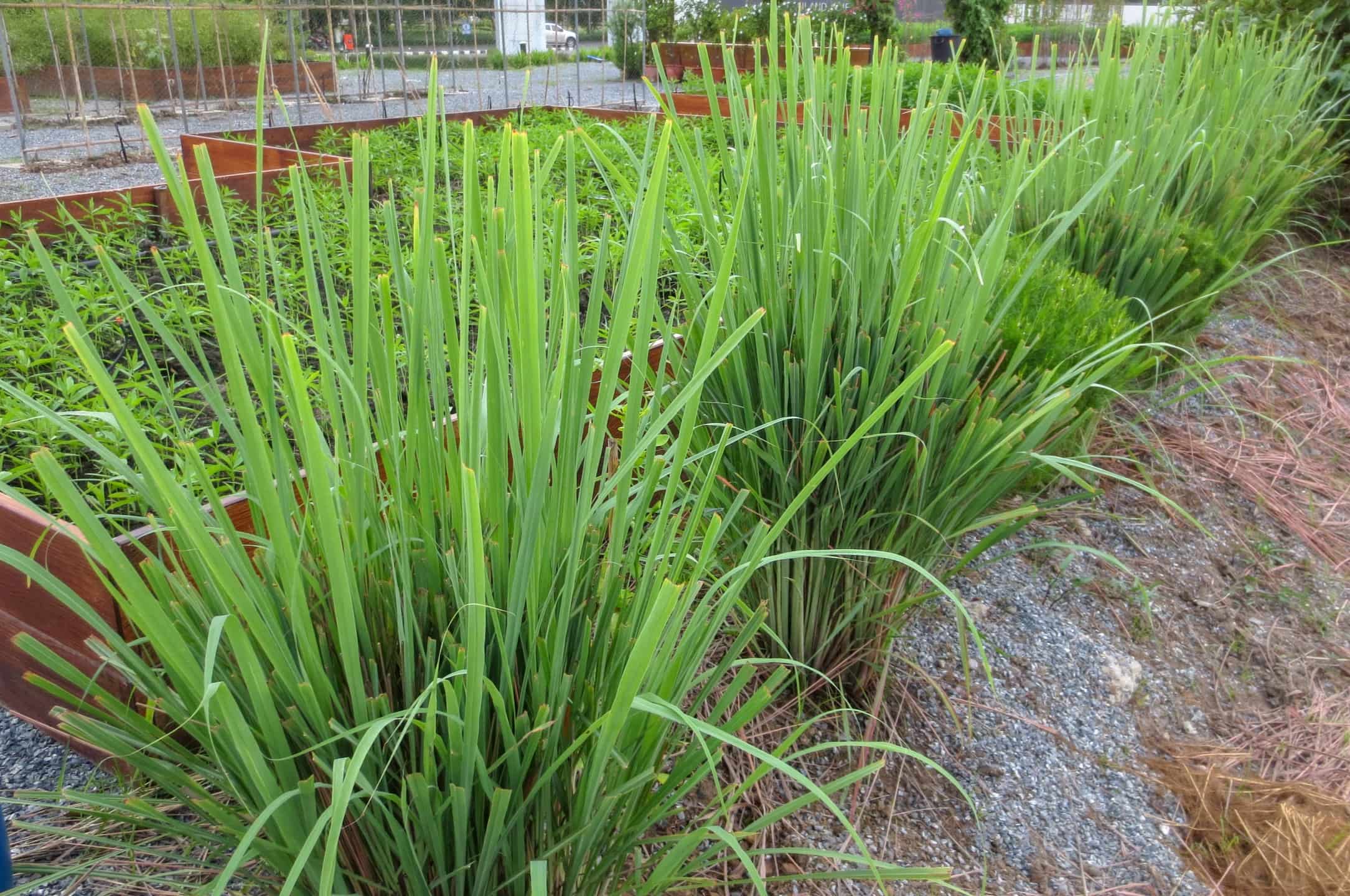
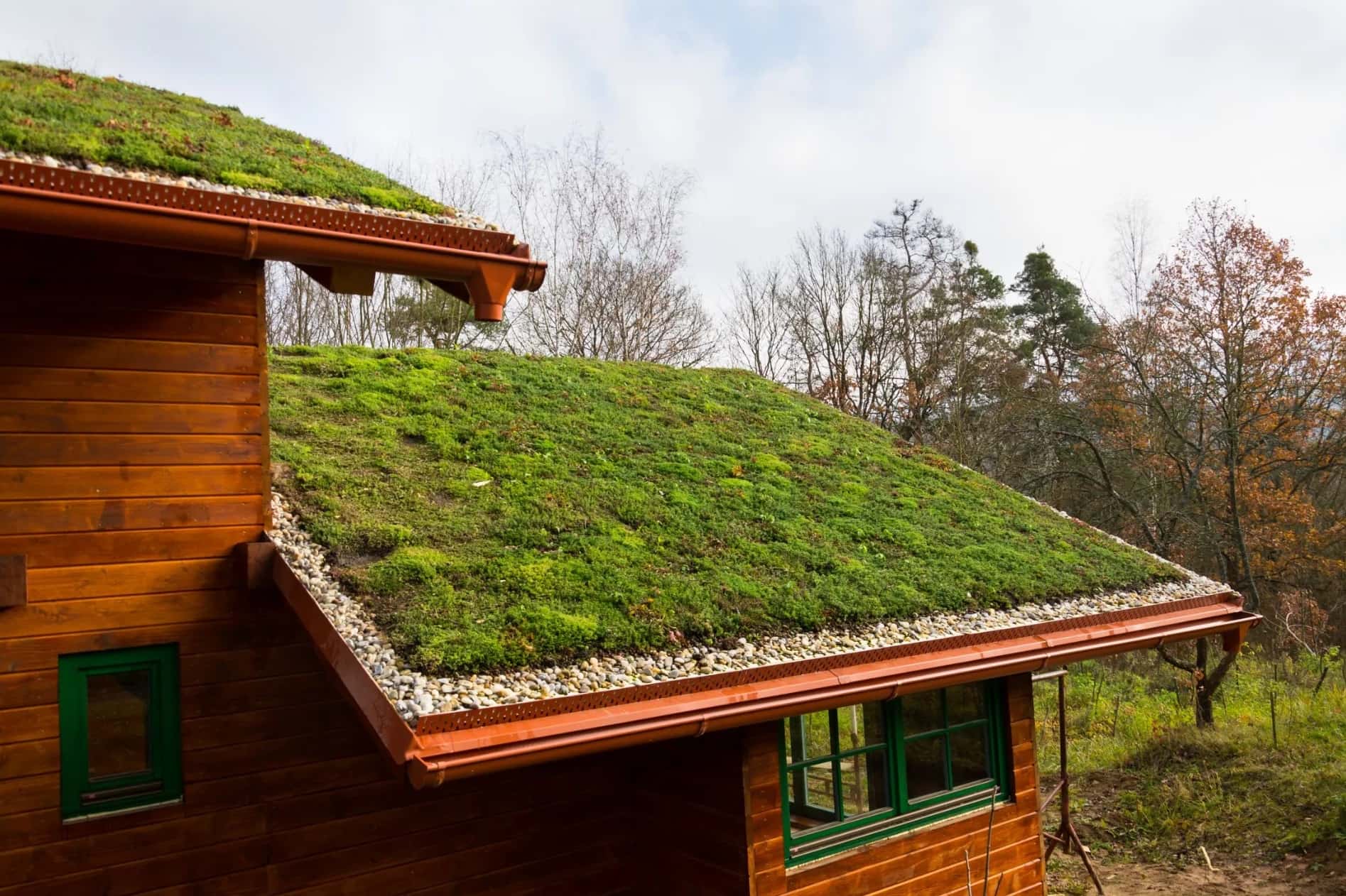
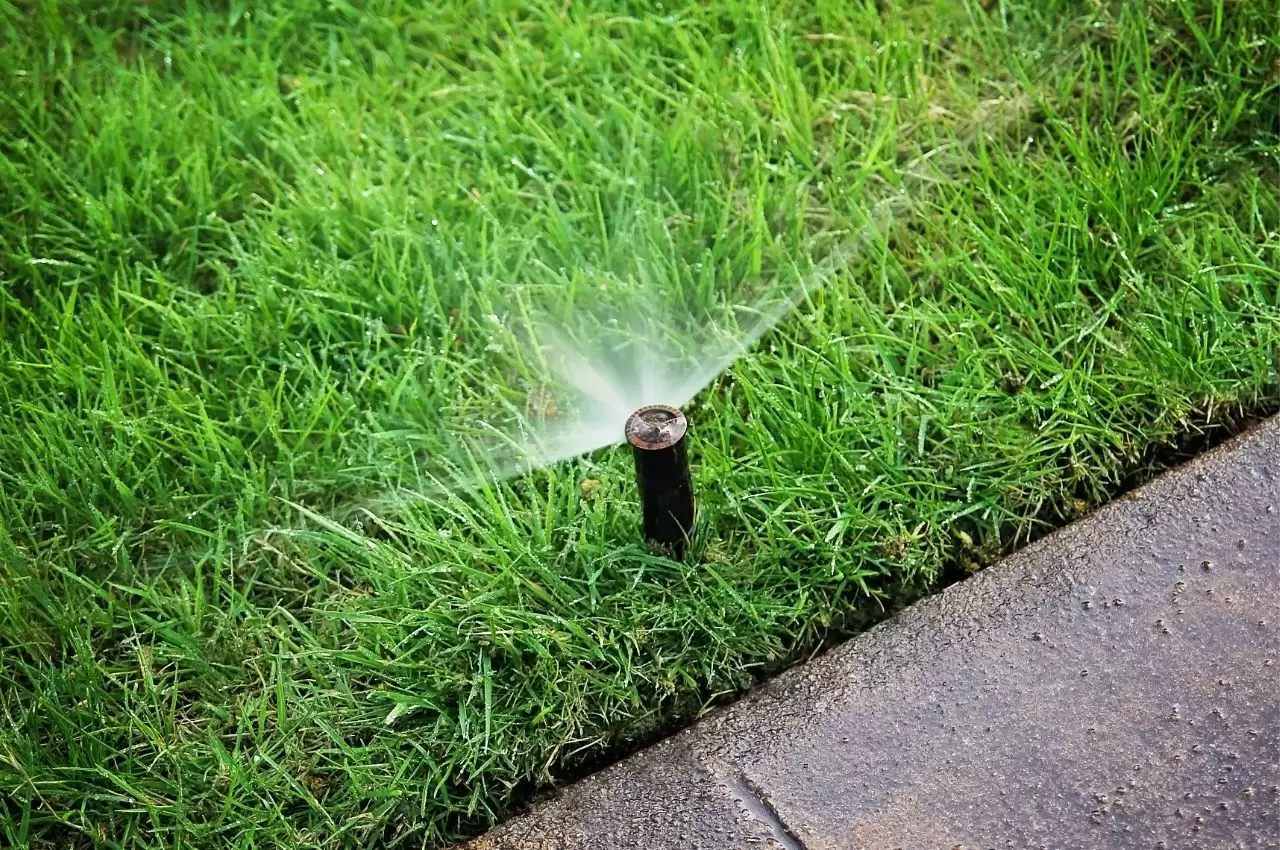
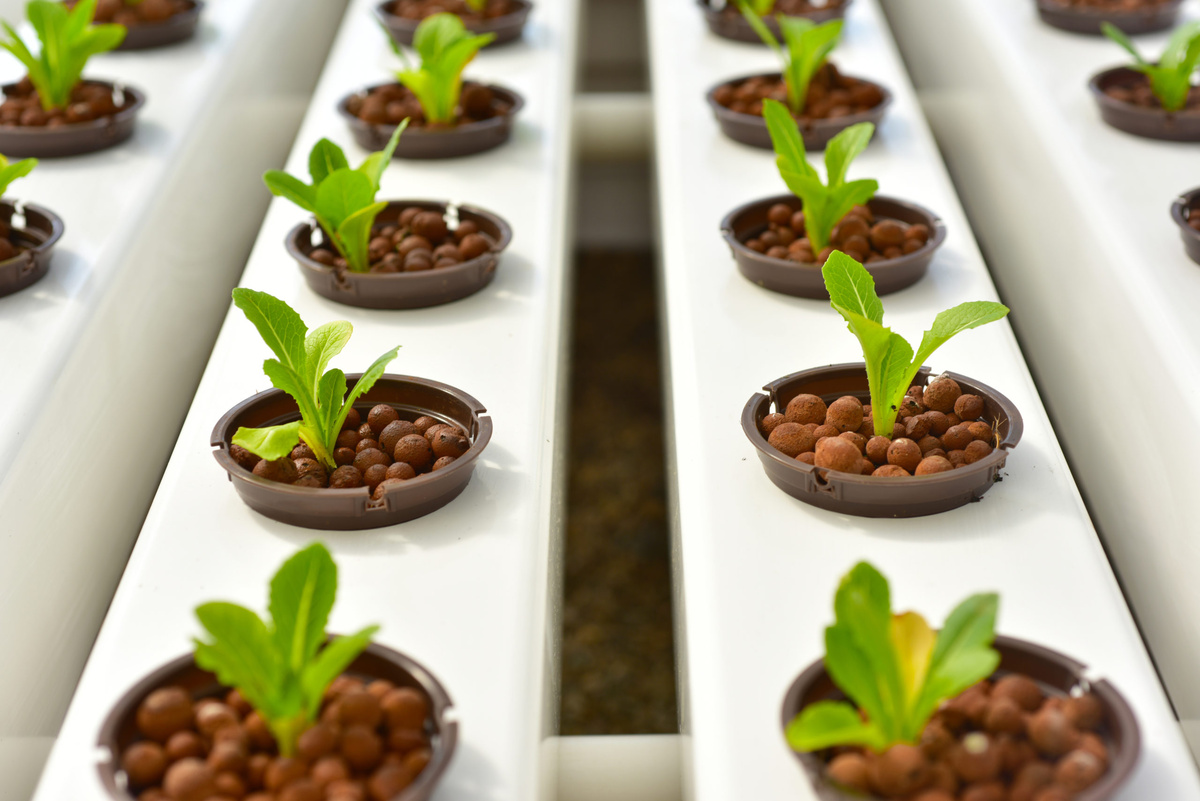
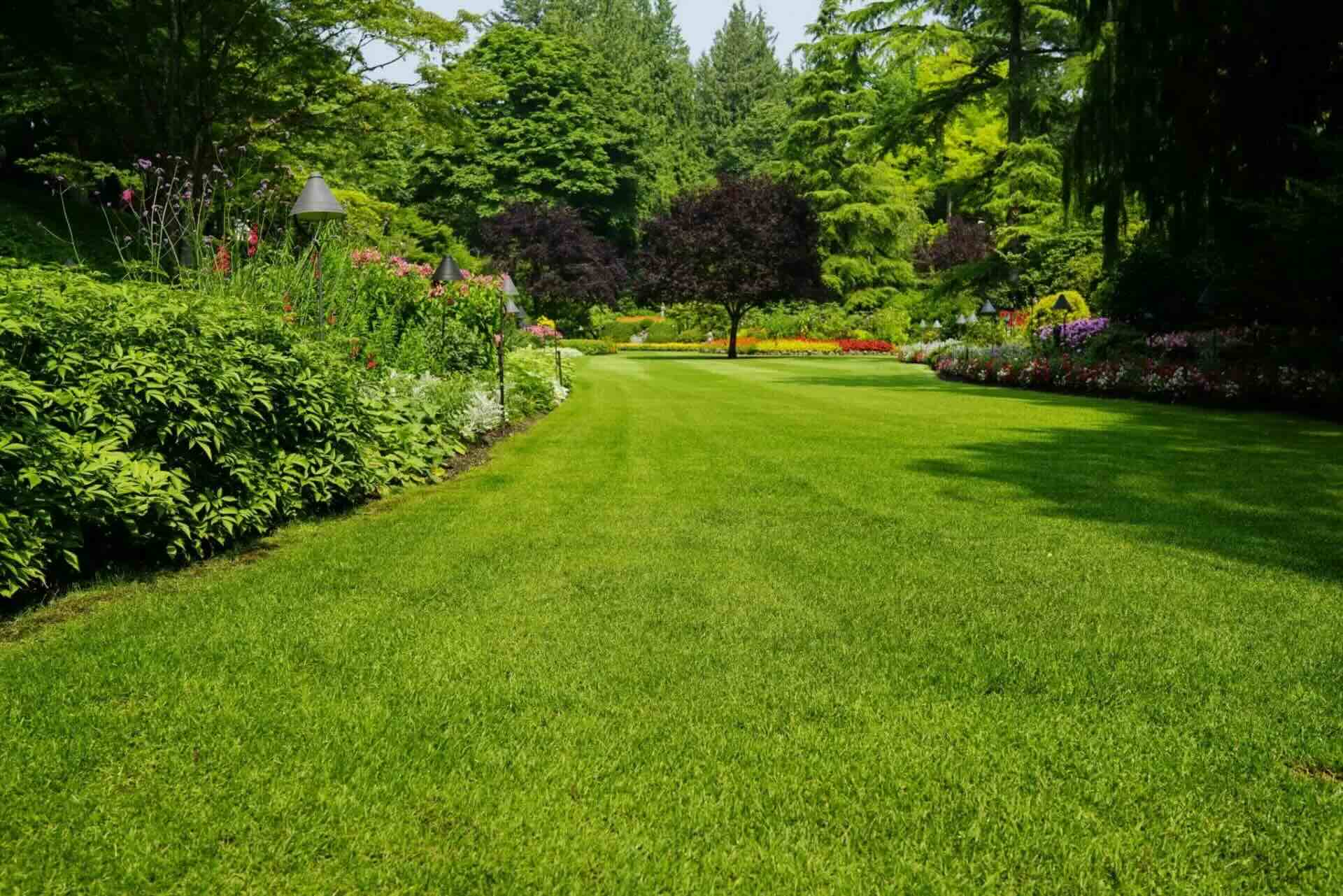

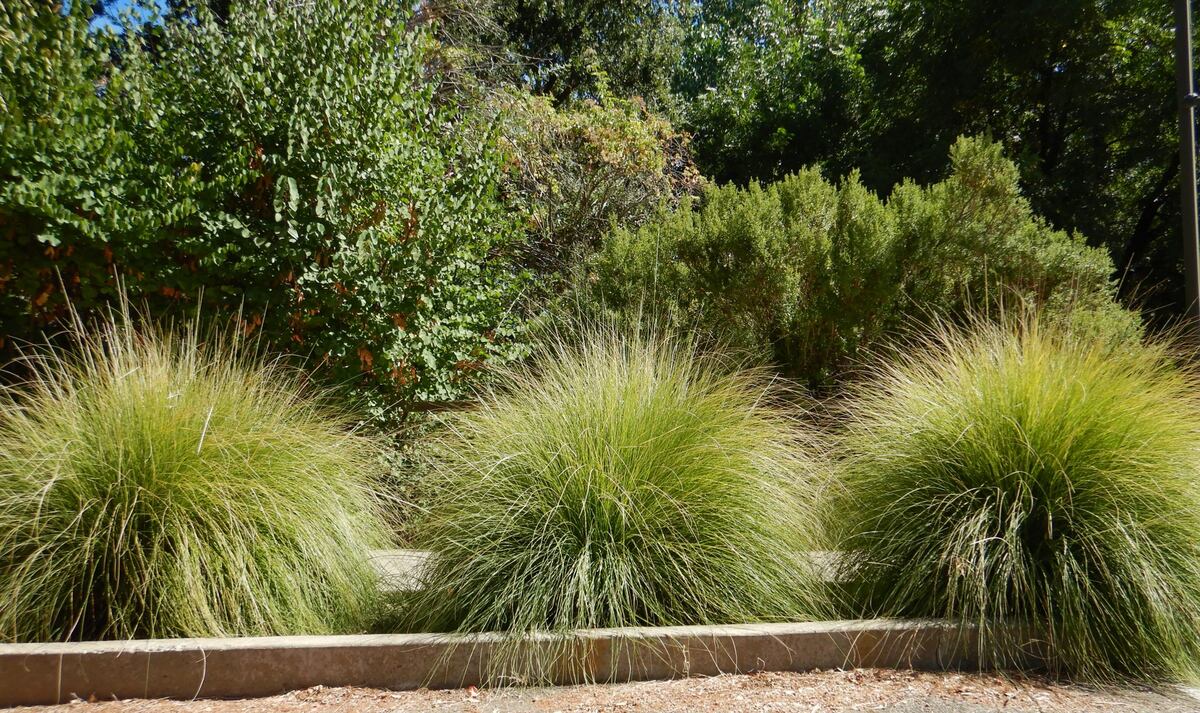
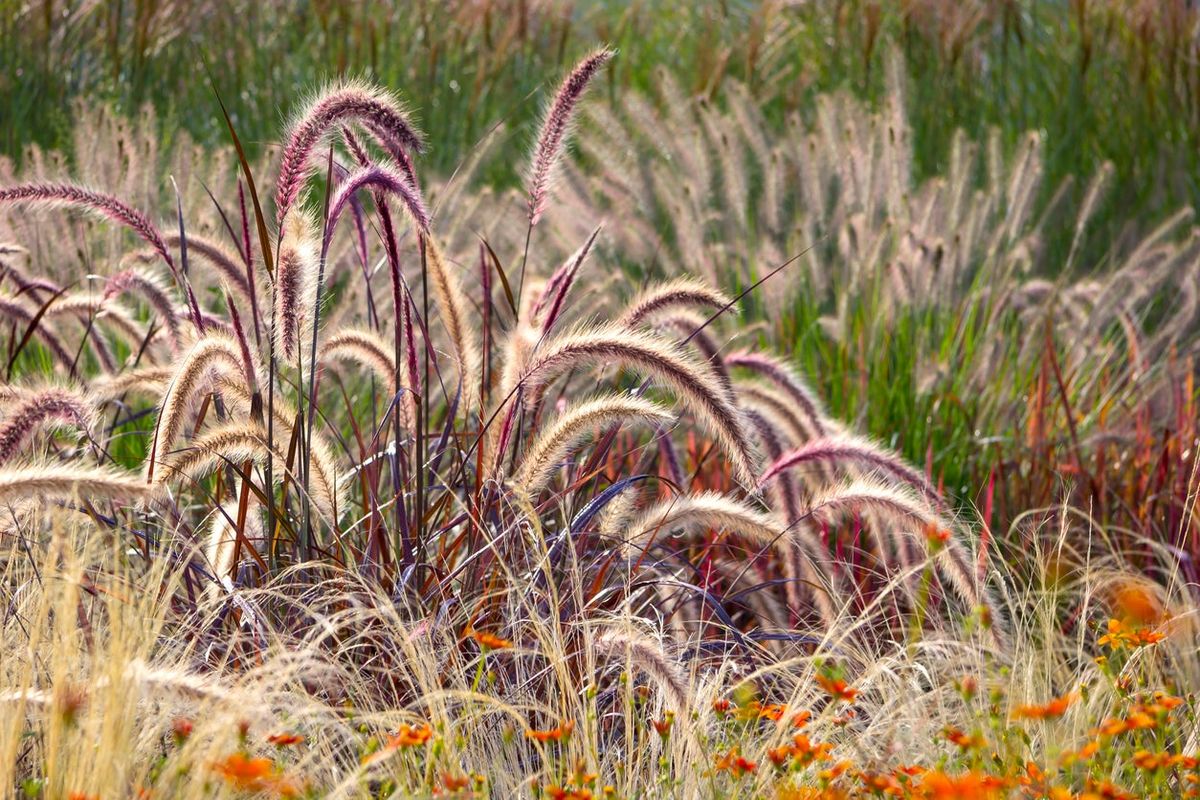
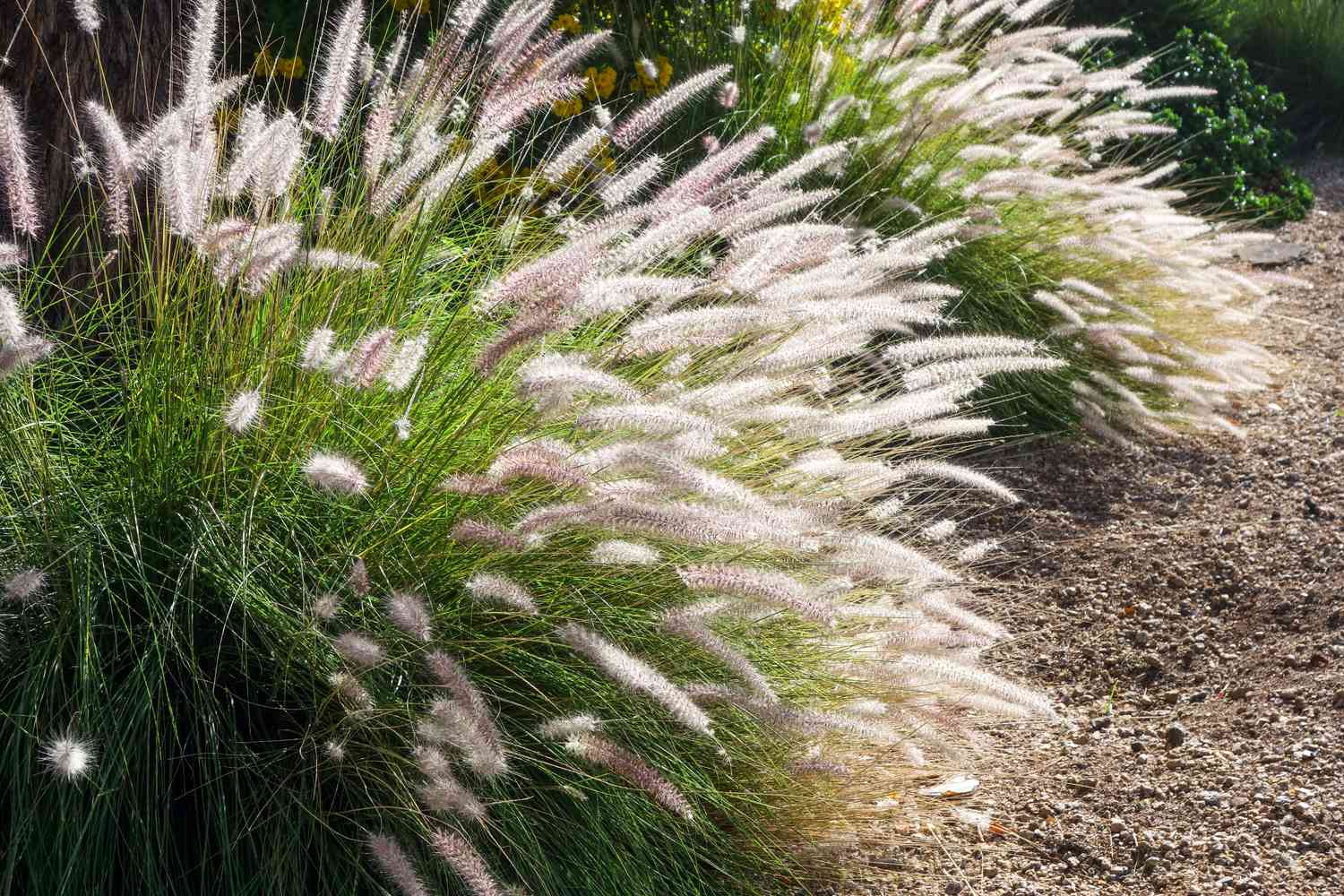
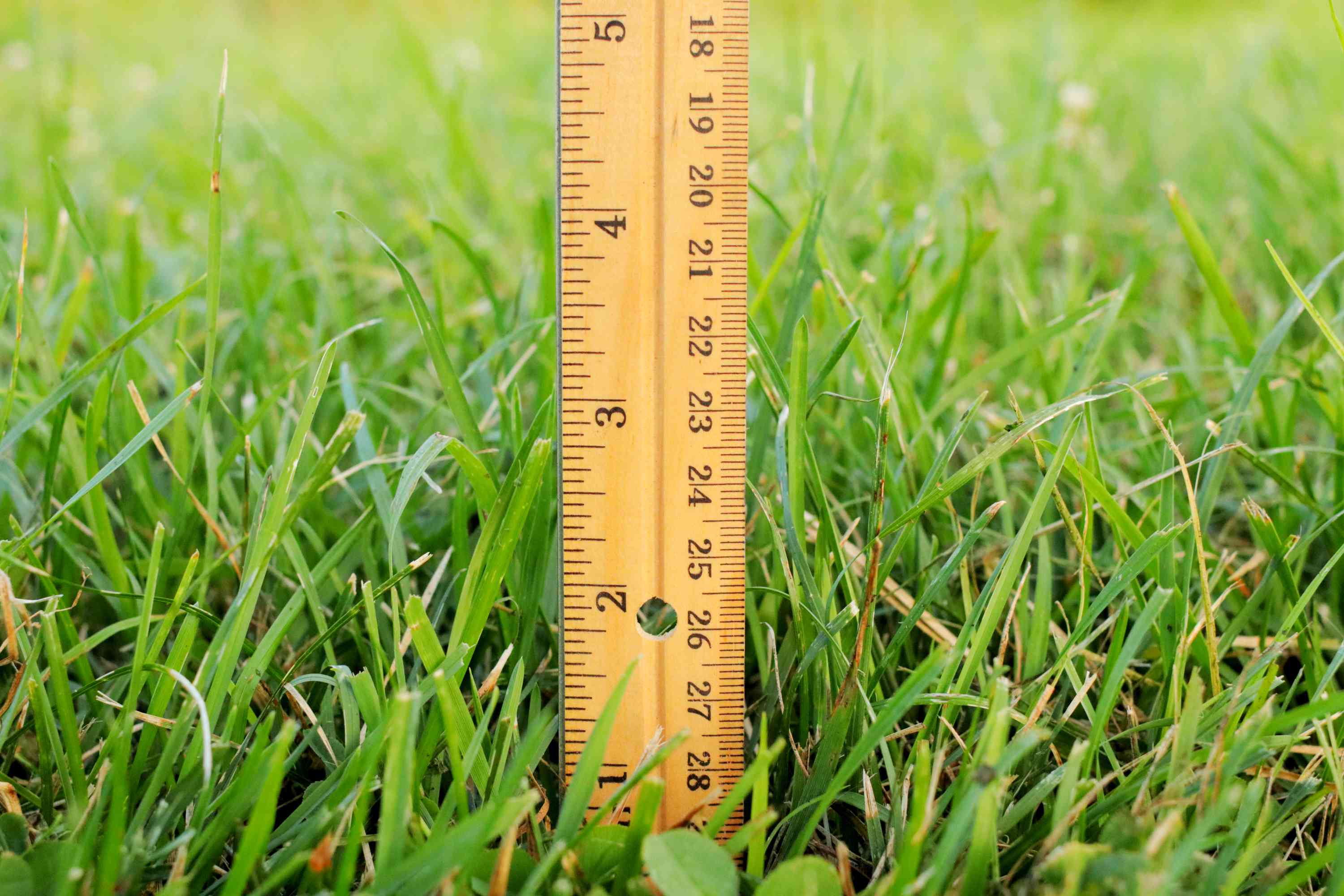

0 thoughts on “How High Can Grass Grow”